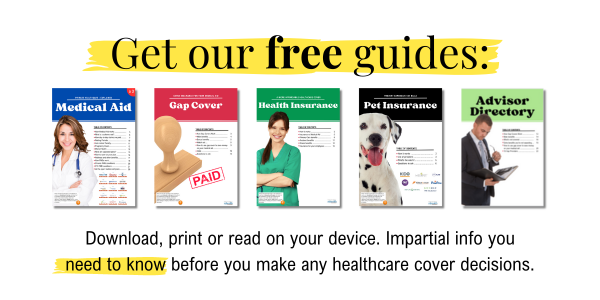Chronic PMB conditions
PMB (Prescribed Minimum Benefits) conditions, including chronic PMB conditions, are conditions that all medical aids need to pay for, regardless of what plan you are on. No savings should be used to pay for diagnosis, treatment and management of the condition, and there should be no co-payments.
If you use the recommended treatment plan, and use the recommended doctors and service providers (DSPs) you should not pay for treatment out of pocket, even for out-of-hospital treatment (including medicine).
Some schemes and plans cover more than just these conditions. To see what chronic conditions are covered by which plan, see the full-plan info page on this site.
This list only shows the chronic conditions that are covered. We also have the full list of all 270 PMB conditions. Remember, all life-threatening conditions are PMBs, and need to be covered by medical aid.
- Addison’s Disease
- Asthma
- Bipolar Mood Disorder
- Bronchiectasis
- Cardiac Failure
- Cardiomyopathy
- Chronic Renal Disease
- Chronic Obstructive Pulmonary Disease
- Coronary Artery Disease
- Crohn’s Disease
- Diabetes Insipidus
- Diabetes Mellitus Types 1 & 2
- Dysrhythmias
- Epilepsy
- Glaucoma
- Haemophilia
- HIV
- Hyperlipidaemia
- Hypertension
- Hypothyroidism
- Multiple Sclerosis
- Parkinson’s Disease
- Rheumatoid Arthritis
- Schizophrenia
- Systemic Lupus Erythematosus
- Ulcerative Colitis






